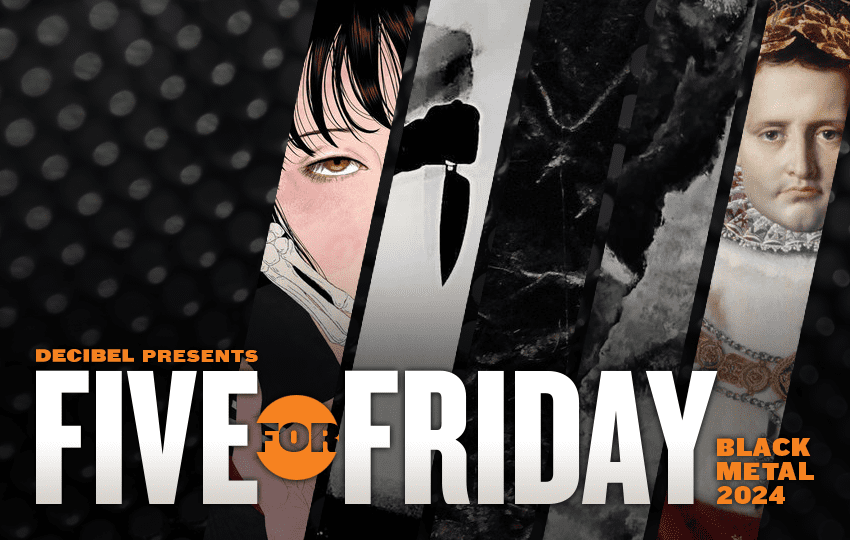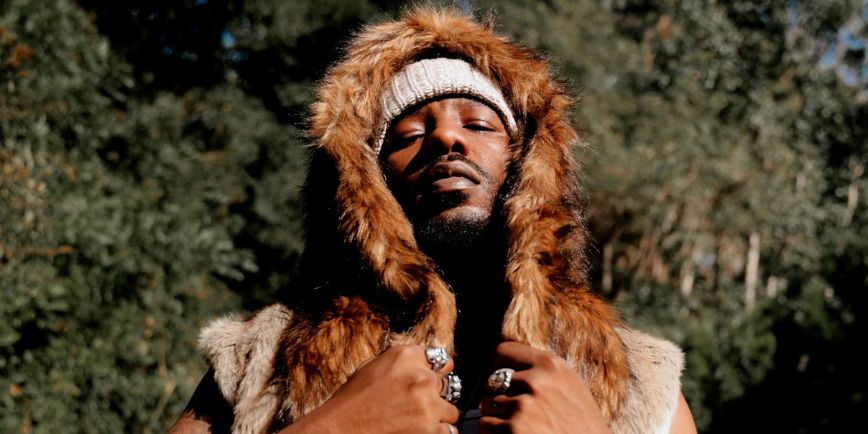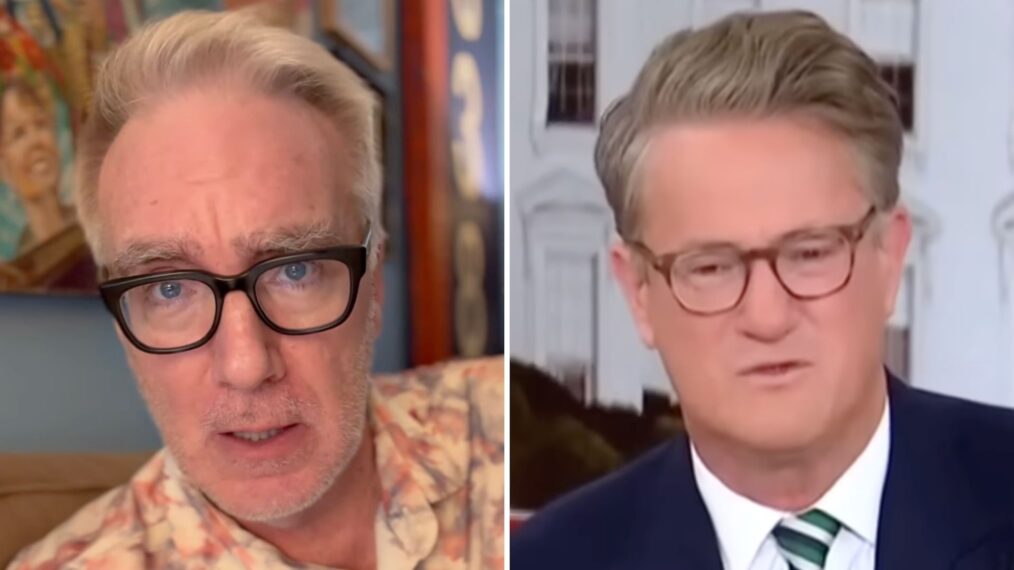Kurt Cobain and Dave Grohl. One the frontman and one, the drummer. Both respectively, of the legendary band Nirvana. Their creative partnership and personal dynamics have been a subject of intrigue for decades. One particular aspect of their relationship, often characterized by wry humor and a hint of jealousy, sheds light on the contrasting personas within the Nirvana narrative.
Kurt Cobain, a musical genius and the epitome of grunge culture, was known for his tortured soul and the raw, emotional authenticity he poured into his art. On the other hand, there was Dave Grohl, often humorously dubbed by Cobain as “the most well-adjusted boy I know,” a characterization shared by Michael Azerrad, a notable music journalist and Cobain biographer. Azerrad shed light on this aspect of their relationship, revealing Cobain’s intriguing perspective on Grohl.
According to Rolling Stone, Michael stated the following about the relationship between the two: “I think Kurt partly was mocking Dave for being fairly together and normal. He’s a popular, well-adjusted guy, he really is. And I think partly Kurt was making fun of that because he wasn’t a freak like Kurt. And he also was jealous. I think Kurt was a little bit jealous of Dave because Dave did have his act together.”
Cobain’s playful taunts towards Grohl as “the most well-adjusted boy” can be viewed through a lens of both admiration and playful derision. Azerrad offered insights into this unique dynamic, suggesting that Cobain might have been subtly mocking Grohl for his relatively stable and balanced demeanor. Grohl was indeed a popular and well-adjusted individual, seemingly in contrast to Cobain’s own struggles with fame, mental health, and addiction.
The juxtaposition of Cobain’s troubled disposition against Grohl’s grounded nature is a testament to the multidimensional nature of artistic partnerships. Cobain’s admiration for Grohl’s stability, while being tinged with jest and jealousy, highlights the complex amalgamation of emotions within their creative unit. Cobain, deeply entrenched in his own turmoil and creative process, perhaps found solace in poking fun at Grohl’s more conventional and put-together demeanor.
Michael Azerrad’s observations delve deeper into Cobain’s psyche, suggesting that the mockery was a blend of admiration and envy. Cobain, an embodiment of counterculture, felt a certain alienation in his identity as an icon of grunge. Grohl, on the other hand, represented a more conventional personality, seemingly at ease with the demands of the industry. Cobain’s jests may have been a way of grappling with these differences and a touch of playful envy for the ease with which Grohl navigated the music scene.
In the grand tapestry of Nirvana’s legacy, the dynamic between Cobain and Grohl adds a layer of complexity and humanizes these musical legends. Their contrasting personas, mirrored in their music, brought a unique dimension to Nirvana’s sonic tapestry. Cobain’s wit and Grohl’s grounded approach were two sides of the same coin, contributing to the band’s unparalleled charm and influence.
In the end, Cobain’s jests and Grohl’s resilience showcase the yin and yang of artistic brilliance, emphasizing that within the realm of music, dichotomies can coexist, fueling the fire of creativity and leaving an indelible mark on the hearts of fans and the pages of music history.














































































































